Disclaimer For educational purposes only. Do not use as medical advice
<strong>About</strong><strong>Botany</strong><strong>Chinese Medicine</strong><strong>Caution</strong>
| Health Benefits |
| For: Depression • Indigestion • Stomach aches • Liver toxicity • Cervical cancer • Breast cancer • Antimony poisoning |
| Attributes: anti-inflammatory • antibacterial • antibiotic • antimicrobial • prebiotic • laxative • cholagogic • antiradical • astringent • antispasmodic • sedative |
| Research (sample) |
|
Articles:
|
Constituents:
monoterpene glycosides (paeoniflorin) • tannins • phenolic acids • flavonoids • β-siiosierol • terpenoids • polysaccharides • 33 types of volatile oil • roots are full of anti-oxidants and polysaccharides |
| Photos (Click to enlarge) |
|
|
| Fun Facts |
Other Names: Bai Mu Dan • Common Garden Peony • Chinese Peony • Paekchak (Korean) • Byakushaku (Japanese)
Plant Family: Ranunculaceae |
| While the flower colors can vary greatly, the peonies are referred to by the color of their roots and chemical compositions. The two colors are white (root with bark and skin removed) and red (root with bark and skin). Tree peony is also a TCM herb and goes by the BN Paeonia suffruticosa. This post will focus on the white root peony |
| Species |
|
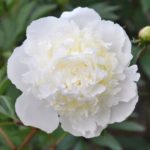
Peony (classic) albus paeoniae lactiflorae
The roots are used after the plant is between 3 and 4 years old. It is collected in summer/ autumn. Red peony is drying the root whole without the rootlets. Herbaceous perennials.
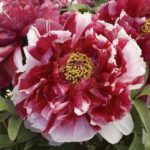
Tree peony Paeonia suffruticosa (Mu Dan Pi. Moutan)
Tree peony root bark is the main medicinal part. The flowers are edible. Fresh petals are used to make thick soup, used as garnish, made into wine and liqueur.
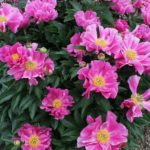
Itoh Peonies/ Inter-sectional hybrids
This hybrid between tree peony and herbaceous peony was first successfully created in 1940's by Japanese plant breeder, Toichi Itoh.4 This peony is mostly treasured for gardens because the blossoms come in a variety of hues. They tend to be shorter in supply and more expensive. The plant is a perennial. |
| Paeonia Lactiflora is in the USDA Plant Database. Drill down via USDA Interactive Map: |
|
|
|
USA: Paeonia Lactiflora has been introduced to multiple states. USDA Zones: 3-8
Native: Mongolia, Eastern Siberia, Tibet, Northern China
Habitats: Riverbanks, dry hilly slopes, grasslands, 400m<elevation<2300m
Peony plants do not transplant well. Once established, Peony is very low maintenance. |
| Category: Tonify Blood |
| English: White Root Peony Pinyin: Bai Shao Pharmaceutical: Albus Paeoniae Lactiflorae |
| Organs: Liver • Spleen Temperature: Cool Taste: Bitter • Sour Toxicity: None noted |
| Actions: Nourish blood • Regulate menses • Soothes liver • Relieve pain • Preserve yin • Reduce spasms • Harmonize Ying and Wei Qi |
| Indications: Irregular periods • Vaginal discharge • Uterine bleeding • cramps • spermatorrhea • Exterior wind-cold • Pale complexion • Spasms in hands and feet • Dizziness • Headaches • Abdominal pain from Liver qi stagnation • Painful abdominal spasms • Dysenteric disorders • Liver yang rising • Night sweats • spontaneous seating • Exterior wind cold deficiency |
| Contraindications: Deficiency cold • Breast feeding • Pregnancy • Bleeding Disorder • Scheduled Surgery |
| Typical Dosage: 6-15g (roots from 3-4 years old plants) Guidelines |
| Parts Used: Roots • Flowers |
| Other: Sheng - calm Liver, preserve yin • Chao - nourish blood, regulate menses |
| Combine With |
Purpose |
| Dang Gui + Shu Di Huang |
Blood deficiency or stasis:Dizziness, blurred vision, dysmenorrhea. |
| Dang Gui + Shu Di Huang + Mai Men Dong |
Liver Yin Deficiency: Tinnitus, dizziness, blurred vision, extremities numbness, muscle spasms. |
| Xiang Fu + Yan Hu Suo |
Menstrual cramps |
| Gan Cao |
Blood deficiency: abdominal pain from liver and stomach disharmony. Muscle spasms. |
| Long Gu + Mu Li |
Yin Deficiency: Unexplained sweating and night sweats |
| Huang Qin + Huang Lian |
Damp Heat: Disenteric problems |
| Gui Zhi |
External wind cold where sweating doesn't help |
| Chai Hu |
Constrained liver qi: flank pain |
| Gou Teng + Ju Hua |
Ascending liver yang: headache, dizziness |
| Dui Yao Pairs |
Purpose |
| Bai Shao + Zhi Gan Cao |
Soothes liver, alleviates gastric pains, reduces spasms. |
| Formulas with Bai Shao |
| Ba Zhen Tang • Bai He Gu Jin Tang • Chai Ge Jie Ji Tang • Da Chai Hu Tang • Da Ding Feng Zhu • Da Huang Zhe Chong Wan • Da Yuan Yin • Dang Gui Shao Yao San • Dang Gui Si Ni Tang • Du Huo Ji Sheng Tang • e Jiao Ji Zi Huang Tang • Fang Feng Tong Sheng San • Ge Gen Tang • Gu Chong Tang • Gu Jing Wan • Gui Zhi Fu Ling Wan • Gui Zhi Jia Long Gu Mu Li Tang • Gui Zhi Shao Yao Zhi Mu Tang • Gui Zhi Tang • Hu Qian Wan • Huang Lian e Jiao Tang • Huang Qi Gui Zhi Wu Wu Tang • Jiao ai Tang • Ling Jiao Gou Teng Tang • Ma Zi Ren Wan • Qing Re Zhi Beng Tang • San Jia Fu Mai Tang • Shao Yao Gan Cao Tang • Shao Yao Tang • Shi Quan Da Bu Tang • Si Ni San • Si Wu Tang • Tong Xie Yao Fang • Wan Dai Tang • Wen Jing Tang • Wu Ji San • Xiao Jian Zhong Tang • Xiao Qing Long Tang • Wu Tou Tang • Xiao Xu Ming Tang • Xiao Yao San • Yang Yin Qing Fei Tang • Zhen Gan Xi Feng Tang • Zhen Ren Yang Zang Tang • Zhen Wu Tang |
| Alert |
Be cautions with all medicine.
- Do not use if pregnant because it can cause miscarriage.
- May cause drowsiness
|
| Potential Drug Interactions |
|
Herbal medicine may interact negatively with pharma drugs and other herbs. Examples below:
Herbs: ♦Incompatible - Li Lu ♦ Antagonize - Shi Hu, Mang Xiao ♦ Counteract - Bie Jia, Xiao Ji ♦ Anticoagulants: American Ginseng, Arnica, Rou Gui, Chamomile, Dan Shen, Dang Gui, Deertongue, Sheng Jiang, Goji Berry, Ginko Nutes, Notoginseng, Peach Kernel, Hong Hua, Sweet Clover, Vanilla Grass ♦ May increase the risk of bleeding if taken with Ginkgo Nuts or supplements.
Pharma Drugs:♦ Anticoagulants: asprin , clopidogrel (Plavix) , Coumadin , dipyridamole , enoxaparin , Heparin ♦ Drugs for high blood pressure and high cholesterol, phenytoin, and steroid drugs.² ♦ Hormonal effects of Peony may cause problems for women with estrogen sensitive diseases. This effect may also impact those on birth control pills and hormone therapy. ²
|
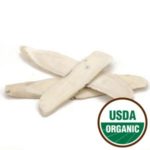
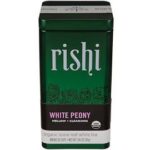
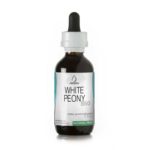




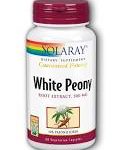
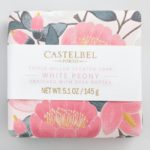
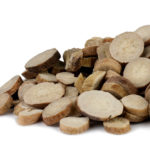
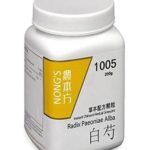
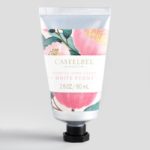
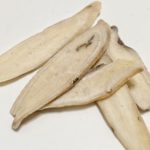
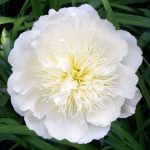
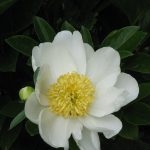
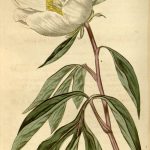
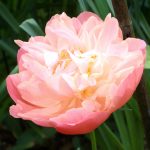
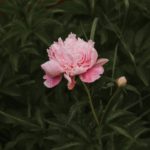
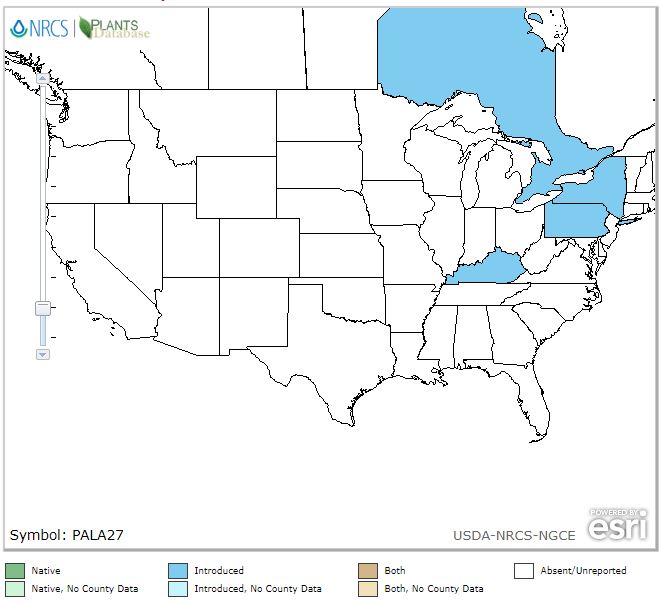

0 Comments